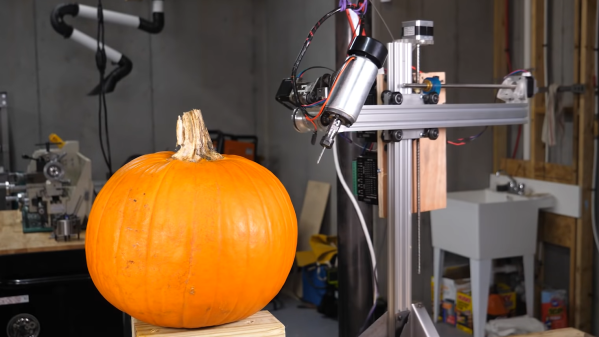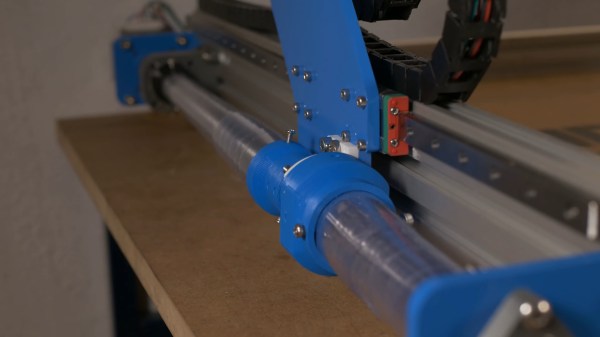These days, Youtube is more competitive than ever. Creators put out videos of wildly expensive, complex projects with equally pricy camera gear. [Do It Whenever?] wanted to join the arms race, building his own camera rig for smooth, swooping shots.
The rig consists of a series of 3D printed axes all joined together into a 6-axis motion rig. Additionally, actuators attached to the lens of the camera allow zoom and focus to be be controlled programmatically too. An Arduino runs the show, interpreting G-code and running the various axes, with a Raspberry Pi acting as a gateway to allow the rig to be commanded from PCs or smartphones.
Currently, control is largely manual, by entering G-code commands to move the rig in various ways. The rig can also have its motors temporarily disengaged by a button, allowing the camera to be aimed by hand, before holding the position. In this way, it acts as a highly versatile tripod. Future plans involve more automation if suitable open-source software can be found.
It’s an impressive rig, even if it hasn’t quite found the perfect software to fully exploit its capabilities yet. We’ve seen similar builds before, too. Video after the break.
Continue reading “DIY Camera Motion Rig Is Mostly 3D Printed”

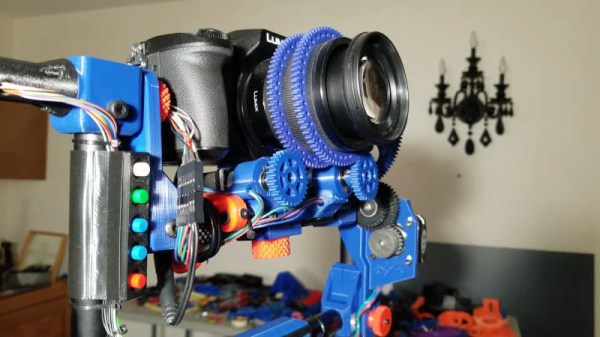
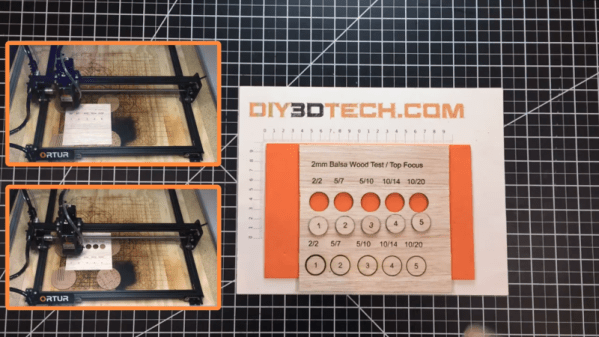

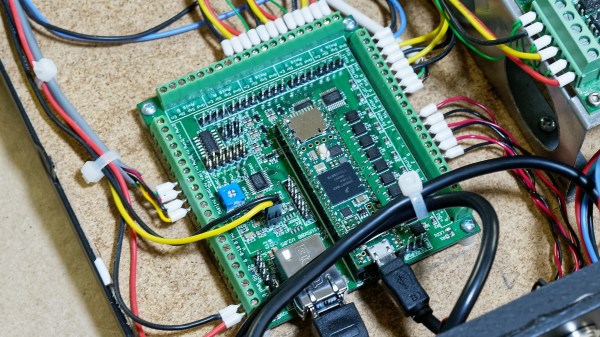
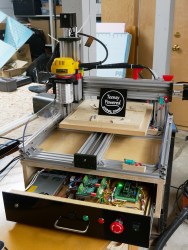 usually to move a tool head in such a way as to make something. Tons of systems have been built around it, including early Makerbot printers.
usually to move a tool head in such a way as to make something. Tons of systems have been built around it, including early Makerbot printers.